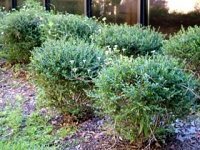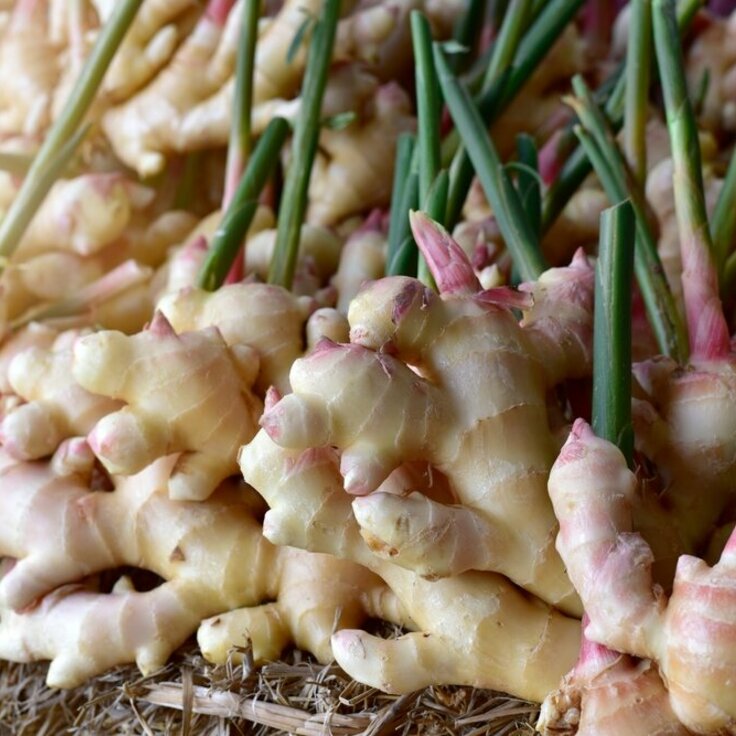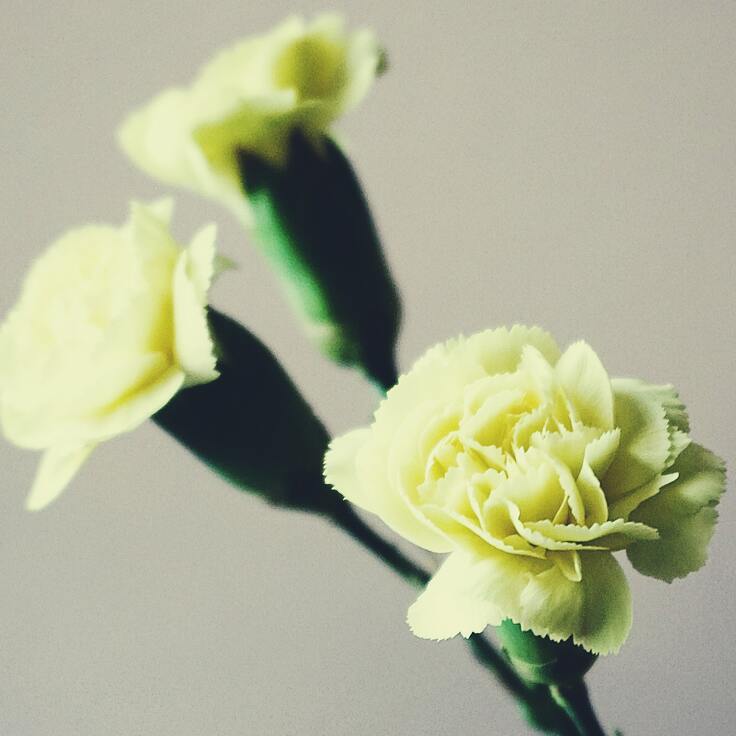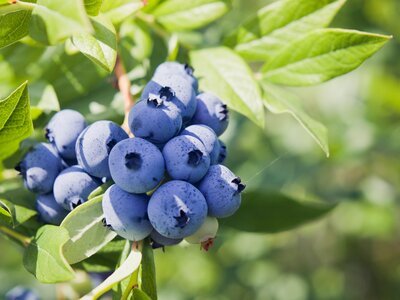Harvesting Autumn’s Bounty: A Simple Guide to Composting in Fall
When autumn rolls around, the crisp air and colorful leaves signal more than just the end of summer—they offer a perfect opportunity to boost your composting efforts. With an abundance of fallen leaves and garden cleanup to handle, this season is a natural fit for building a healthy compost pile. Plus, it’s an easy way to prepare your garden for next spring while reducing waste. Let’s dive into why autumn is the ideal season for composting and how you can make the most of the season’s organic offerings.
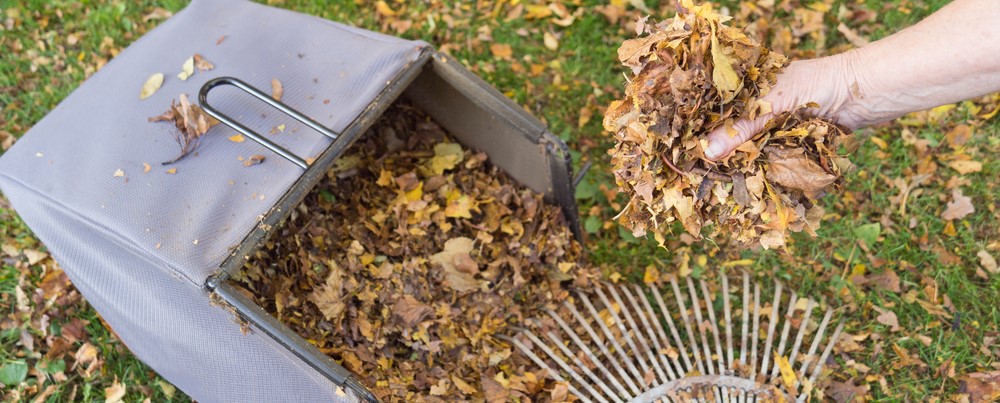
Gathering Nature’s Abundance
One of the best parts about composting in autumn is the incredible supply of organic material. As trees and plants shed their leaves and stems, they provide plenty of carbon-rich “brown” materials, which are a crucial part of any balanced compost pile. Pairing these browns with “greens,” like food scraps or grass clippings, creates a healthy compost mix that promotes natural decomposition. Instead of bagging up all those leaves, toss them into your compost and let nature recycle them into nutrients that will give your garden a boost next year.
Finding the Right Balance
Autumn’s bounty is mostly “brown” material, which means it’s important to balance it with some “greens” to keep your compost pile happy. Summer tends to produce more greens like fresh garden trimmings, but fall is the time to stock up on those dry leaves, twigs, and other brown materials. For the best compost results, try to keep a 2:1 balance of browns to greens. If you have extra greens—say, from kitchen scraps—you can set aside those autumn leaves and add them bit by bit over the winter to maintain the mix.
Turning Yard Cleanup into Garden Gold
Beyond just leaves, autumn garden cleanup provides a variety of compostable goodies, like spent plants, dead annuals, and clippings. Instead of tossing these into yard waste bags, composting them is an easy way to reduce waste and enrich your compost with diverse materials. Just remember to avoid composting diseased plants or pest-infested clippings since those can spread issues to your garden. When you add healthy plant matter to your compost, you’re not only giving these materials a second life—you’re turning them into something that’ll help your garden thrive.
Prepping Your Compost for Winter
Starting a compost pile in autumn is also a great way to prep for winter. As the weather cools down, compost piles naturally slow in their breakdown process, but an autumn-started pile has enough bulk to keep going longer and can even stay warm enough to prevent freezing. In colder areas, you can insulate your pile with extra leaves or straw to help keep it active through winter. By stocking up your compost in fall, you’ll be ahead of the game come spring when fresh material is scarce, and your pile will be ready to add to your garden beds right when they need it most.
Compost Ready for Spring Planting
One of the most satisfying rewards of autumn composting is having nutrient-rich, ready-to-use compost by spring. All the leaves, clippings, and kitchen scraps that went into your pile over the fall and winter will have broken down into rich, crumbly compost by the time you’re ready to start planting again. Spreading this homemade compost in your garden is an easy, natural way to enrich your soil, improve moisture retention, and give your plants a head start for the new season.
Composting in autumn is more than just a way to manage yard waste; it’s a rewarding way to work with nature’s cycles. By gathering up the season’s natural offerings and giving them a new purpose, you’re helping create a healthier garden, a sustainable home, and a greener planet.

